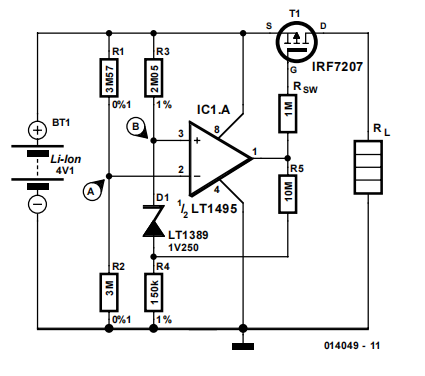If you say that the term ‘Opentherm’ is unfamiliar to you, then this will not surprise us the least. Opentherm is a protocol, which can control central heating boilers and hot water systems digitally. ‘Open’ indicates that it is not specific to a single brand. Anyone can, in principle, make use of this protocol, provided you are prepared to hand over several thousand pounds for ‘membership’ and are prepared to keep the information secret (talk about ‘open’…). As a consequence we unfortunately do not know a great
deal about it, but we do have a few technically interesting pieces of information we would like to share with you.
The connection between the master device (usually the room thermostat) and the slave (typically the central heating boiler) consists of two wires, which permits the use of existing cabling. Via this cable the boiler powers the thermostat with DC. In order to prevent wiring errors, the thermostat is fitted with a bridge rectifier, allowing the conductors (positive and negative) to be reversed. The installer cannot make any mistakes here. The master places on this connection a digital signal. Every second, 32-bits are transmitted in Manchester-code and after about 0.2 seconds the slave responds with the return message. Every bit lasts 1 ms,
and a message consists of:
1 Start bit (logical zero)
1 Parity bit
3 Message type
4 Spare
8 Data ID
16 Data
1 Stop bit (logic zero)
From the electrical perspective, an interesting solution has been selected. The boiler sources current, a logic Low is a current between 5 and 9 mA, a logic High a current between 17 and 23 mA. This way the thermostat is always powered. In the opposite direction, the thermostat signals by pulling down the open circuit boiler voltage of 24 V to a voltage less than 9 V (logic Low) or between 15 and 18 V for a logic High.
So, at the risk of over-emphasising: the boiler provides information by modulating the current, and the thermostat by changing the voltage. All this can easily be observed on an oscilloscope. In order to follow the activities, we have designed a circuit that does not unduly influence the operation, although it causes an unavoidably small voltage drop of course. The boiler is connected to K1; the polarity is of no consequence because the connector is followed by a bridge rectifier (D1- D4). The thermostat is connected to K2. R4 and IC1a look if the current corresponds with a logic ‘Low’ or a ‘High’ and signal this, electrically isolated, to the DCD of the serial input of your computer. The voltage of the connection is
monitored by R6, R7 and IC1b and copied to DSR. An oscilloscope connected to these points easily shows you the messages going back and forth. It is likely that the current channel shows both messages. When the voltage on the wires changes, there is also an inevitable change in current because the thermostat is a capacitive load. The circuit is powered from the RTS and DSR hand
shaking lines. They have to be made logic Low first, of course. Naturally, it is also possible to connect a power supply of around 10 to 12 V behind the diodes. Those who are keen can write a program to read the serial inputs and decode the Manchester-code to data. Certain information, such as room and boiler temperature can easily be found. Unfortunately we do not have any more information and neither do we have a program. Every now and then there is something to be found in the Internet, so it may be sensible to keep an eye this.
source : Elektor Circuit Collections 2000-2014








